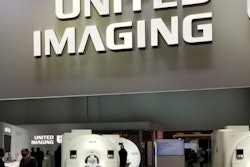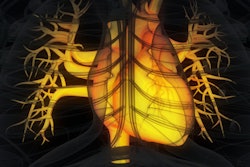Dear Molecular Imaging Insider,
Much has been researched and written about the potential for teaming PET/CT with the radiopharmaceutical gallium-68 (Ga-68) prostate-specific membrane antigen (PSMA) for the staging of prostate cancer. But how close is the modality to becoming a routine choice for this clinical application?
Clinicians at one hospital in Australia are wholeheartedly embracing Ga-68 PSMA-PET/CT -- and bypassing bone scintigraphy. The reasons for their rapid adoption of the radiotracer are found in this edition's Insider Exclusive.
Meanwhile, PET with the radiotracer flortaucipir is making gains in the evaluation of patients with suspected chronic traumatic encephalopathy (CTE). A study of former professional football players revealed high levels of tau protein in brain regions associated with CTE. While the findings provide initial support for flortaucipir-PET scans to detect abnormal tau levels, it appears still too soon to declare victory in the diagnosis of CTE in living humans.
There appears to be little doubt about the efficacy of PET scans with an amyloid radiopharmaceutical to confirm a diagnosis of Alzheimer's disease. Now new research shows how amyloid PET can change diagnoses to or from Alzheimer's for 35% of patients and consequently alter the clinical management in more than 60% of cases.
In other news, German researchers are looking to further advance our knowledge of Alzheimer's by developing a new PET imaging technique that predicts disease progression in mice. The PET scans target the 18-kD translocator protein, which is highly expressed in activated microglia, making it an effective biomarker in the assessment of inflammation in the brain.
Finally, PET/MRI is providing an avenue for researchers to discover early indications of atherosclerotic disease and inflammation in arterial regions that have not yet developed plaques, which eventually lead to heart attack and stroke. Until recently, information on how atherosclerotic disease developed was obtained only at autopsy. Now researchers are on the verge of showing how the disease develops in people who appear normal.
Be sure to stay in touch with the Molecular Imaging Community on a daily basis for the latest in new research and news from around the world.




















